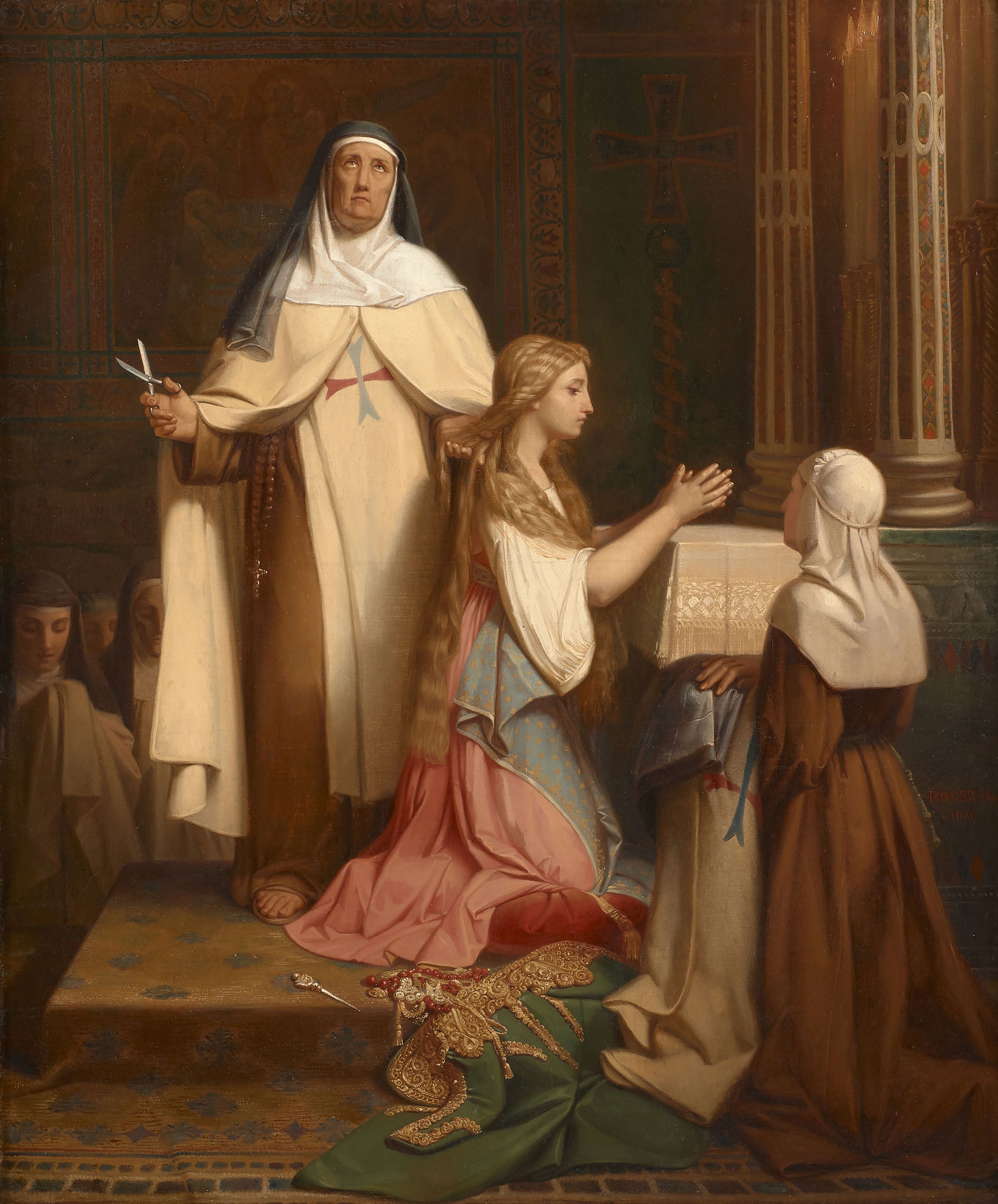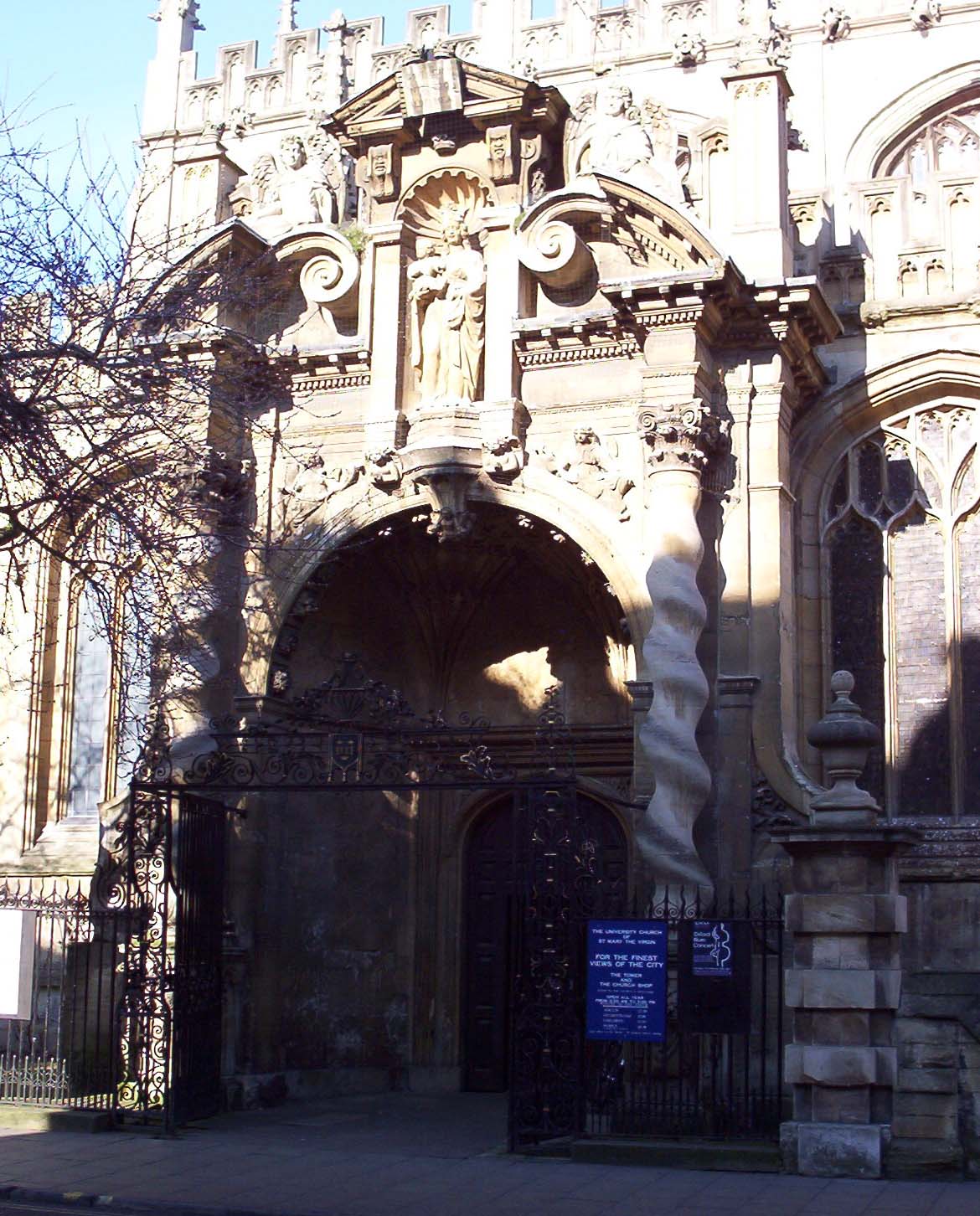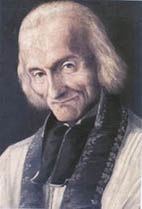|
Peter Allan (priest)
Peter George Allan (born 1950) is a British Anglican priest and monk. From 2011 to 2019, he was Principal (academia), principal of the College of the Resurrection, an Anglo-Catholic theological college in Mirfield, West Yorkshire, England. He has been a monk of the Community of the Resurrection since 1985. Early life and education Allan was born in 1950. He studied music at Wadham College, Oxford, graduating with a Bachelor of Arts (BA) degree in 1972: as per tradition, his BA was promoted to a Master of Arts (MA Oxon) degree in 1976. In 1972, he matriculated into the College of the Resurrection, Mirfield, to study theology and train for ordination. He left the college after three years to be ordained in the Church of England. Ordained ministry Allan was ordained in the Church of England as a Deacon#Anglicanism, deacon in 1975 and as a Priest#Anglican or Episcopalian, priest in 1976. From 1975 to 1978, he served his curacy at St Andrew's Church, Stevenage, an Anglo-Catholic par ... [...More Info...] [...Related Items...] OR: [Wikipedia] [Google] [Baidu] |
The Reverend
The Reverend (abbreviated as The Revd, The Rev'd or The Rev) is an honorific style (form of address), style given to certain (primarily Western Christian, Western) Christian clergy and Christian minister, ministers. There are sometimes differences in the way the style is used in different countries and church traditions. ''The Reverend'' is correctly called a ''style'', but is sometimes referred to as a title, form of address, or title of respect. Etymology The term is an anglicisation of the Latin , the style originally used in Latin documents in medieval Europe. It is the gerundive or future passive participle of the verb ("to respect; to revere"), meaning "[one who is] to be revered/must be respected". ''The Reverend'' is therefore equivalent to ''the Honourable'' or ''the Venerable''. Originating as a general term of respectful address in the 15th century, it became particularly associated with clergy by the 17th century, with variations associated with certain ranks in th ... [...More Info...] [...Related Items...] OR: [Wikipedia] [Google] [Baidu] |
College Of The Resurrection, Mirfield
A college (Latin: ''collegium'') may be a tertiary educational institution (sometimes awarding degrees), part of a collegiate university, an institution offering vocational education, a further education institution, or a secondary school. In most of the world, a college may be a high school or secondary school, a college of further education, a training institution that awards trade qualifications, a higher-education provider that does not have university status (often without its own degree-awarding powers), or a constituent part of a university. In the United States, a college may offer undergraduate programs – either as an independent institution or as the undergraduate program of a university – or it may be a residential college of a university or a community college, referring to (primarily public) higher education institutions that aim to provide affordable and accessible education, usually limited to two-year associate degrees. The word "college" is generally ... [...More Info...] [...Related Items...] OR: [Wikipedia] [Google] [Baidu] |
Moral Theology
Ethics involves systematizing, defending, and recommending concepts of right and wrong behavior.''Internet Encyclopedia of Philosophy''"Ethics" A central aspect of ethics is "the good life", the life worth living or life that is simply satisfying, which is held by many philosophers to be more important than traditional moral conduct. Most religions have an ethical component, often derived from purported supernatural revelation or guidance. Some assert that religion is necessary to live ethically. Simon Blackburn states that there are those who "would say that we can only flourish under the umbrella of a strong social order, cemented by common adherence to a particular religious tradition". Buddhist ethics Ethics in Buddhism are traditionally based on the enlightened perspective of the Buddha, or other enlightened beings who followed him. Moral instructions are included in Buddhist scriptures or handed down through tradition. Most scholars of Buddhist ethics thus rely on the ... [...More Info...] [...Related Items...] OR: [Wikipedia] [Google] [Baidu] |
Precentor
A precentor is a person who helps facilitate worship. The details vary depending on the religion, denomination, and era in question. The Latin derivation is ''præcentor'', from cantor, meaning "the one who sings before" (or alternatively, "first singer"). Ancient precentors The chief precentor was the highest position in many ancient Mesopotamian cities (see Music of Mesopotamia). Jewish precentors Jewish precentors are song or prayer leaders, leading synagogue music. A Jewish precentor is typically called a hazzan or cantor. In the Middle Ages, women precentors leading prayers in the '' vaybershul'' (women's gallery) were known as firzogerin, farzangerin, foreleiner, zogerin, or zogerke. Christian precentors A precentor is a member of a church who helps facilitate worship. The role of precentor was carried over from the synagogues into the early Christian church. Catholic precentors Ancient era The term ''precentor'' usually described an ecclesiastical dignitary, a ... [...More Info...] [...Related Items...] OR: [Wikipedia] [Google] [Baidu] |
Religious Vows
Religious vows are the public vows made by the members of religious communities pertaining to their conduct, practices, and views. In the Buddhist tradition, in particular within the Mahayana and Vajrayana traditions, many different kinds of religious vows are taken by the lay community as well as by the monastic community, as they progress along the path of their practice. In the monastic tradition of all schools of Buddhism, the Vinaya expounds the vows of the fully ordained Nuns and Monks. In the Christian tradition, such public vows are made by the religious cenobitic and eremitic of the Catholic Church, Lutheran Churches, Anglican Communion, and Eastern Orthodox Churches, whereby they confirm their public profession of the evangelical counsels of poverty, chastity, and obedience or Benedictine equivalent. The vows are regarded as the individual's free response to a call by God to follow Jesus Christ more closely under the action of the Holy Spirit in a particular form of ... [...More Info...] [...Related Items...] OR: [Wikipedia] [Google] [Baidu] |
Novitiate
The novitiate, also called the noviciate, is the period of training and preparation that a Christian ''novice'' (or ''prospective'') monastic, apostolic, or member of a religious order undergoes prior to taking vows in order to discern whether they are called to vowed religious life. It often includes times of intense study, prayer, living in community, studying the vowed life, deepening one's relationship with God, and deepening one's self-awareness. In the Catholic Church, the canonical time of the novitiate is one year; in case of additional length, it must not be extended over two years. CIC, canon 648 In the Eastern Orthodox Church, the novitiate is officially set at three years before one may be tonsured a monk or nun, though this requirement may be waived. The novitiate is in any case a time both for the novice to get to know the community and the community to get to know the novice. The novice should aspire to deepening their relationship to God and discovering the comm ... [...More Info...] [...Related Items...] OR: [Wikipedia] [Google] [Baidu] |
Oxford
Oxford () is a City status in the United Kingdom, cathedral city and non-metropolitan district in Oxfordshire, England, of which it is the county town. The city is home to the University of Oxford, the List of oldest universities in continuous operation, oldest university in the English-speaking world; it has buildings in every style of Architecture of England, English architecture since late History of Anglo-Saxon England, Anglo-Saxon. Oxford's industries include motor manufacturing, education, publishing, science, and information technologies. Founded in the 8th century, it was granted city status in 1542. The city is located at the confluence of the rivers Thames (locally known as the Isis) and River Cherwell, Cherwell. It had a population of in . It is north-west of London, south-east of Birmingham and north-east of Bristol. History The history of Oxford in England dates back to its original settlement in the History of Anglo-Saxon England, Saxon period. The name � ... [...More Info...] [...Related Items...] OR: [Wikipedia] [Google] [Baidu] |
University Church Of St Mary The Virgin
The University Church of St Mary the Virgin (St Mary's or SMV for short) is an Anglican church in Oxford situated on the north side of the High Street. It is the centre from which the University of Oxford grew and its parish consists almost exclusively of university and college buildings. Overview St Mary's possesses an eccentric Baroque porch, designed by Nicholas Stone, facing High Street, and a spire which is claimed by some church historians to be one of the most beautiful in England.Sherwood, Jennifer, ''A guide to the Churches of Oxfordshire'' pp. 149–151 (publ. Robert Dugdale in association with Oxfordshire Historic Churches Trust 1989) . Section reference for Architecture Radcliffe Square lies to the north and to the east is the southern end of Catte Street. The 13th-century tower is open to the public for a fee and provides good views across the heart of the historic university city, especially Radcliffe Square, the Radcliffe Camera, Brasenose College, Oxford and A ... [...More Info...] [...Related Items...] OR: [Wikipedia] [Google] [Baidu] |
Diocese Of St Albans
The Diocese of St Albans forms part of the Province of Canterbury in England and is part of the wider Church of England, in turn part of the worldwide Anglican Communion. The diocese is home to more than 1.6 million people and comprises the historic Counties of Hertfordshire and Bedfordshire, or in terms of local government areas, Bedfordshire, Luton, Hertfordshire and parts of the London Borough of Barnet. It therefore ranges from small rural communities in villages and hamlets to major urban centres like Luton, Bedford, Watford and Hemel Hempstead, and includes suburban areas on London's outer reaches. History The diocese was founded by an Order in Council on 30 April 1877, implementing the Bishopric of St Albans Act 1875. The diocese was established from parts of the large Diocese of Rochester, extending the new bishop's jurisdiction over more than 600 parishes in the two counties of Essex and Hertfordshire. The first Bishop of St Albans was Thomas Legh Claughton, who s ... [...More Info...] [...Related Items...] OR: [Wikipedia] [Google] [Baidu] |
Stevenage
Stevenage ( ) is a town and borough in Hertfordshire, England, about north of London. Stevenage is east of junctions 7 and 8 of the A1(M), between Letchworth Garden City to the north and Welwyn Garden City to the south. In 1946, Stevenage was designated the United Kingdom's first New Town under the New Towns Act. Toponymy "Stevenage" may derive from Old English ''stiþen āc'' / ''stiðen āc'' / ''stithen ac'' (various Old English dialects cited here) meaning "(place at) the stiff oak". The name was recorded as ''Stithenæce'' in 1060 and as ''Stigenace'' in the Domesday Book in 1086. History Pre-Conquest Stevenage lies near the line of the Roman road from Verulamium to Baldock. Some Romano-British remains were discovered during the building of the New Town, and a hoard of 2,000 silver Roman coins was discovered during housebuilding in the Chells Manor area in 1986. Other artefacts included a dodecahedron toy, fragments of amphorae for imported wine, bone hairpi ... [...More Info...] [...Related Items...] OR: [Wikipedia] [Google] [Baidu] |
Curacy
A curate () is a person who is invested with the ''care'' or ''cure'' () of souls of a parish. In this sense, ''curate'' means a parish priest; but in English-speaking countries the term ''curate'' is commonly used to describe clergy who are assistants to the parish priest. The duties or office of a curate are called a curacy. Etymology and other terms The term is derived from the Latin (compare Curator). In other languages, derivations from ' may be used differently. In French, the is the chief priest (assisted by a ) of a parish, as is the Italian , the Spanish , and the Filipino term (which almost always refers to the parish priest), which is derived from Spanish. Catholic Church In the Catholic Church, the English word ''curate'' is used for a priest assigned to a parish in a position subordinate to that of the parish priest. The parish priest (or often, in the United States, the ''pastor'' or ''minister'') is the priest who has canonical responsibility for the pa ... [...More Info...] [...Related Items...] OR: [Wikipedia] [Google] [Baidu] |
Priest
A priest is a religious leader authorized to perform the sacred rituals of a religion, especially as a mediatory agent between humans and one or more deity, deities. They also have the authority or power to administer religious rites; in particular, rites of sacrifice to, and propitiation of, a deity or deities. Their office or position is the "priesthood", a term which also may apply to such persons collectively. A priest may have the duty to hear confessions periodically, give marriage counseling, provide prenuptial counseling, give spiritual direction, teach catechism, or visit those confined indoors, such as the sick in hospitals and nursing homes. Description According to the trifunctional hypothesis of prehistoric Proto-Indo-European society, priests have existed since the earliest of times and in the simplest societies, most likely as a result of agricultural surplus#Neolithic, agricultural surplus and consequent social stratification. The necessity to read sacred text ... [...More Info...] [...Related Items...] OR: [Wikipedia] [Google] [Baidu] |







